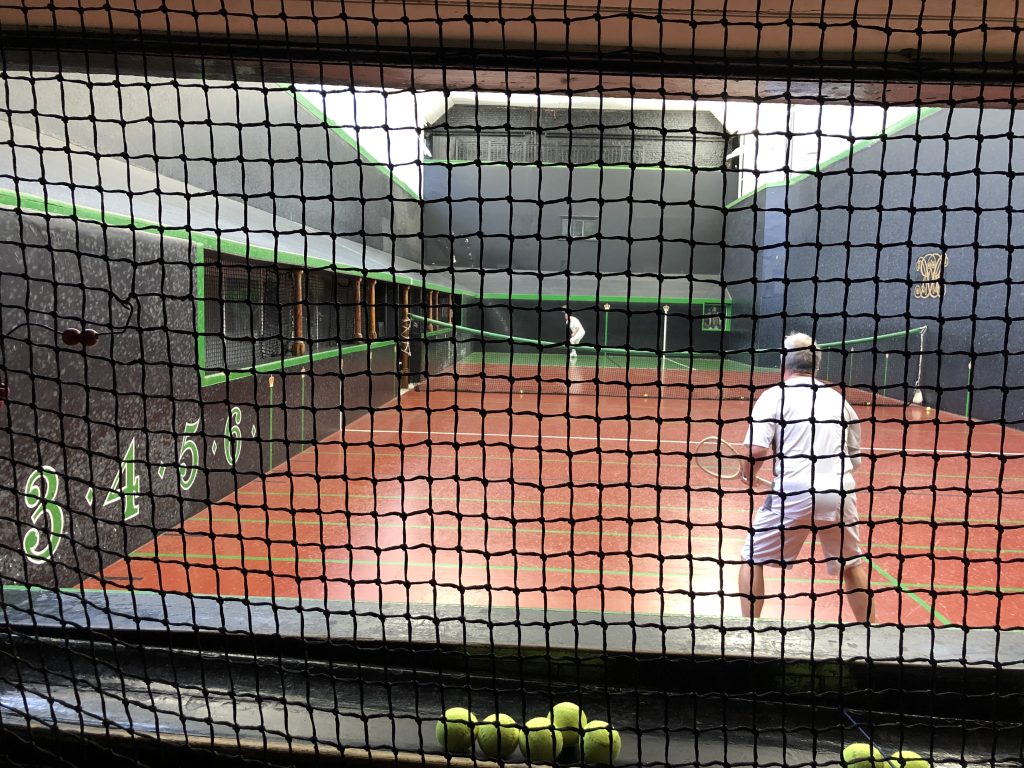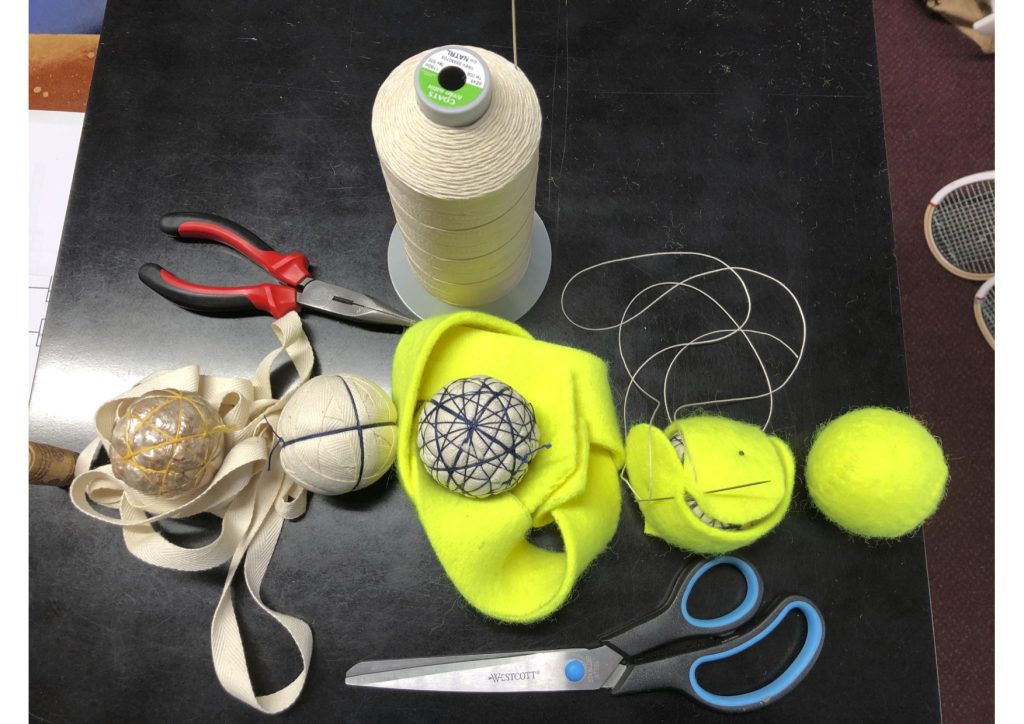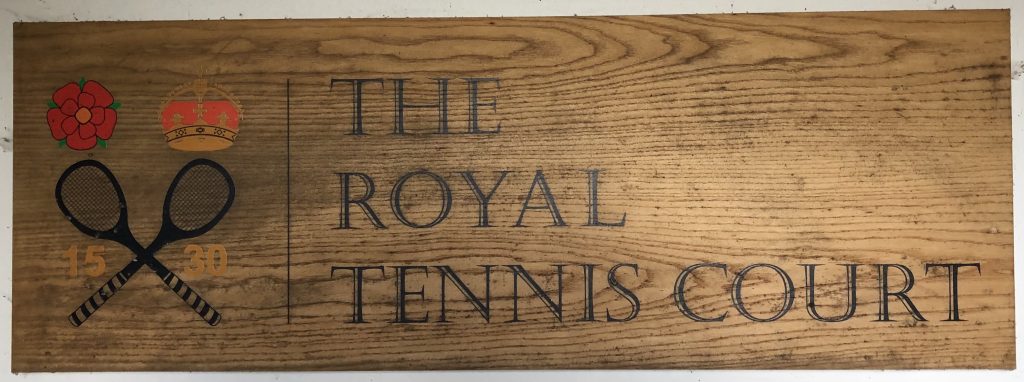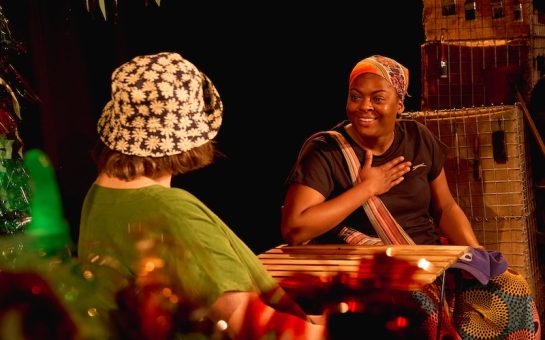Hidden away at one of South West London’s most popular attractions, on the aptly named Tennis Court Lane, is the spiritual home of the world’s oldest World Championship sport – real tennis.
Real tennis has been played at Hampton Court Palace since 1530, and the palace is home to the Royal Tennis Court, which has been in operation since 1818.
With wooden rackets, handmade balls, and a portrait of Henry VIII, you would be forgiven for mistaking the action on court for a piece of historical re-enaction, but there is far more to it than that.
Players compete for the right to serve, which is done by hitting the ball onto the roof and into their opponent’s half before playing out the point.
The unique nature of the game means you can play three identical shots and get three completely different outcomes.
Nick Wood, 50, said: “I’ve been playing the game for more than 30 years now, and I still come off the court thinking to myself ‘I’ve never seen that happen’.
“This sport is so difficult to master, with its trickiness and almost chaotic nature, but that’s precisely what makes it such a beautiful game.”
As the predecessor of most racquet sports, real tennis has given much to the modern world, from heavy influences on games like lawn tennis and squash to the phrase ‘cut to the chase’.
But there are also more surprising similarities, as Wood, a former world number four and the head professional at the Royal Tennis Court, explained.
He said: “You’ll notice that the way you hit the ball is very similar to how you would play cricket, because it’s all about getting behind the line of the ball.
“When you middle the ball, you get a very pure connection, but if you just swing at it as hard as you can, you’ll horribly mishit it, so good footwork is vital.”

Real tennis is far more than just a piece of history, and Wood explained that the game is very much alive and kicking with 12,000 players across the world, but engagement with the next generation will be vital to ensuring the game’s future.
Since 2008, new courts have been built at Radley College and Wellington College and these, alongside courts at the universities of Oxford and Cambridge, will go a long way to providing prospective players with a route into the game.
However, Wood freely admits that real tennis has a reputation for exclusivity as ‘the game of kings’ and building courts at elite universities and public schools will hardly help to shake this.
He said: “It is obviously harder to get people interested when it’s played at places like Lord’s Cricket Ground, Queen’s Club, Hatfield House and royal palaces.
“Our approach to this game is one without pretensions to elitism, we just have an attachment, an addiction to the game where people realise they’re part of the survival of something big.”
That survival aspect of real tennis is in no small part down to the stewardship of those who play it, and a real tennis professional is not only responsible for teaching and playing the game, as Wood explained.
He said: “We’re custodians of the sport. At every level there’s involvement, whether it’s making balls and stringing rackets or promoting the game and knowing the history.
“It takes 45 minutes to turn a cork into a ball if you’re skilled enough, and 20 minutes to refurbish a ball, which could be used for around a year.
“The ball starts out as just a regular cork, we shred it and wrap it in twine and linen, compress them into a rough sphere and then cover it in felt and stitch it by hand.”

But for a sport so inextricably linked to the past it is that much harder to establish itself in this technological era, although Wood suggests modernisation would not necessarily improve the game.
He said: “We tried graphite rackets, but they completely destroyed the essence of the game because you lose the unpredictability and variation that comes from these irregularly shaped rackets.
“We would break three or four rackets a game because they weren’t robust enough to handle the much heavier balls that don’t bounce like pressurised tennis balls.”
Although real tennis may seem like a sporting anachronism, it has remained faithful to its roots for five centuries, and there is no reason to suggest that it should fade away anytime soon.
Wood said: “Participation rocketed in the 1980s and 1990s to the point where there are now around eight-or-so-thousand players based in the UK across 27 different courts and clubs.
“We have almost 500 members at Royal Tennis Court, all of whom are playing on one court, and we welcome anybody, especially if they are enthusiastic and passionate about the sport.”





